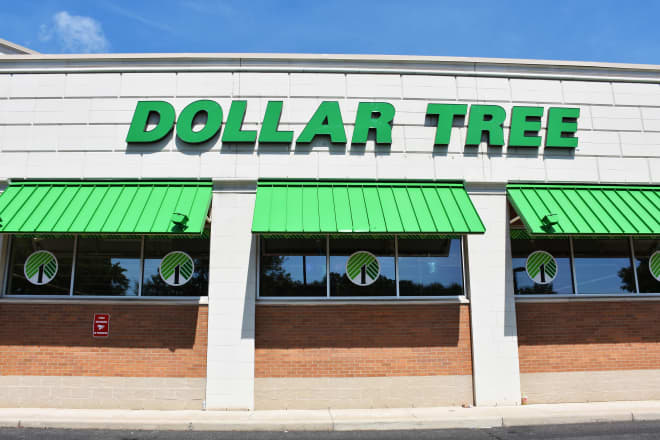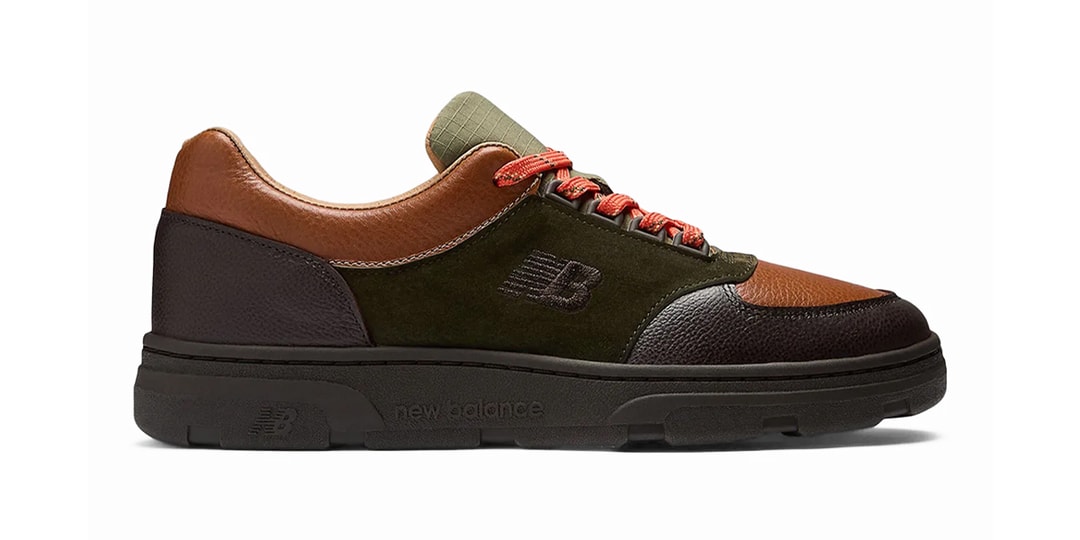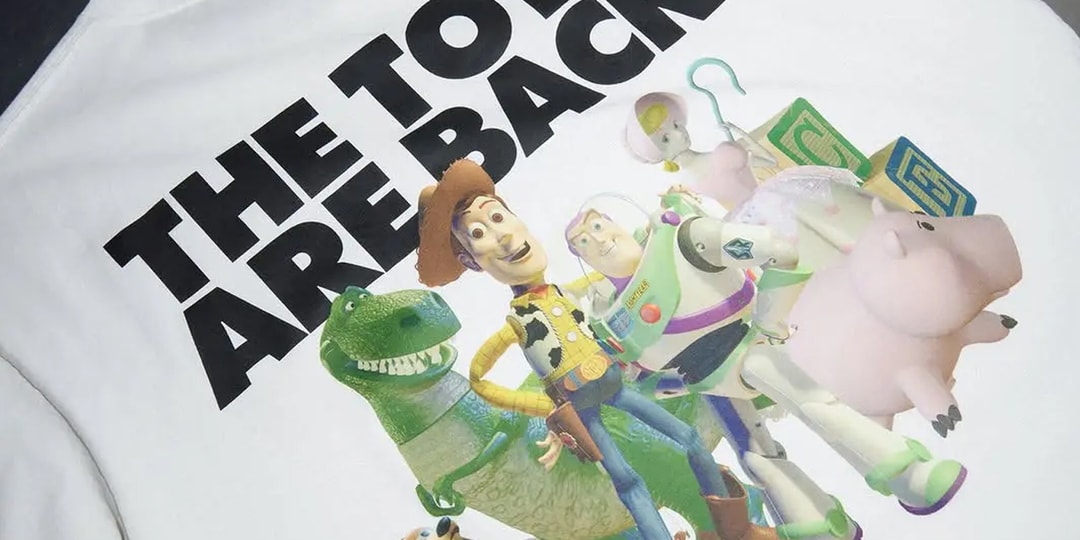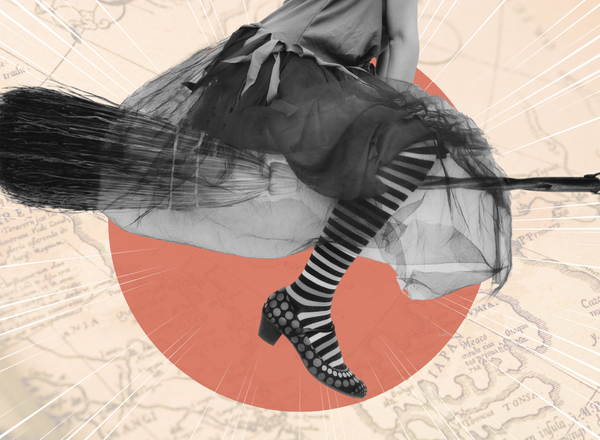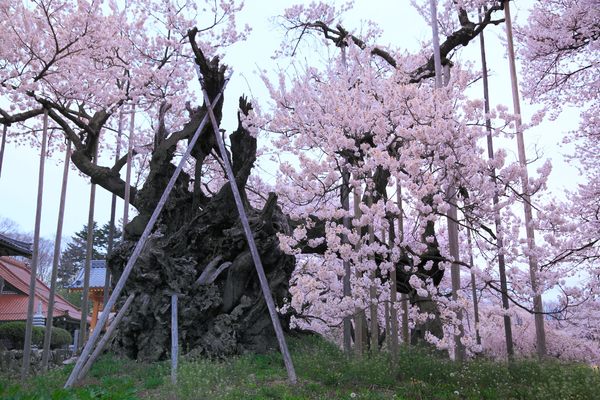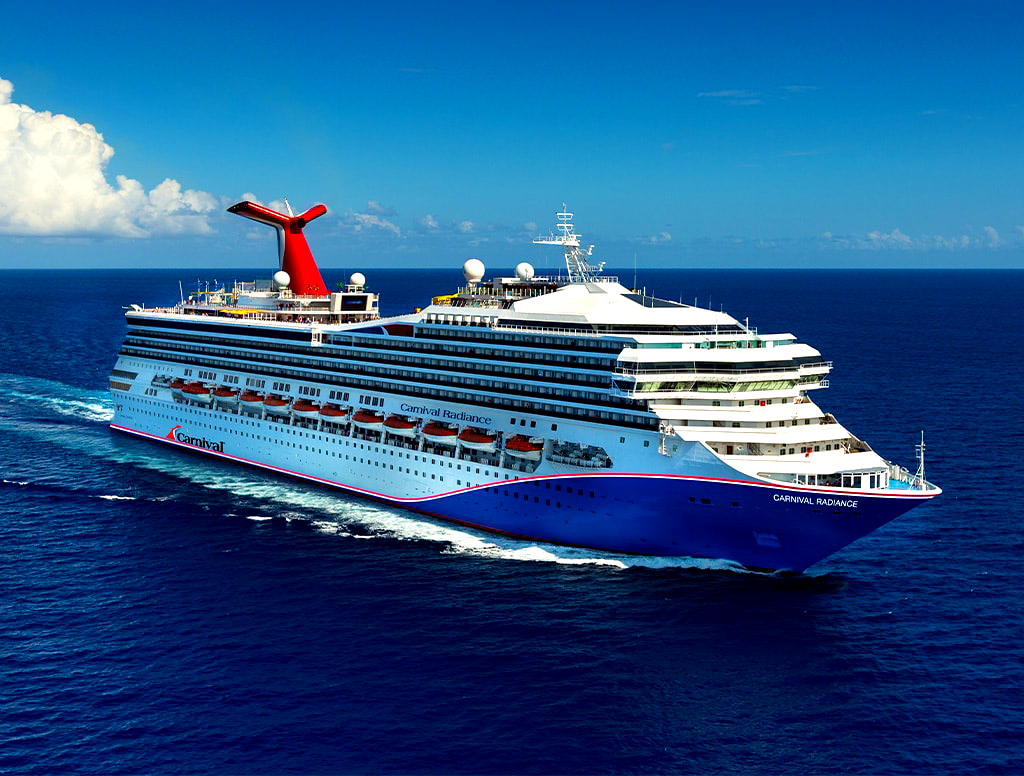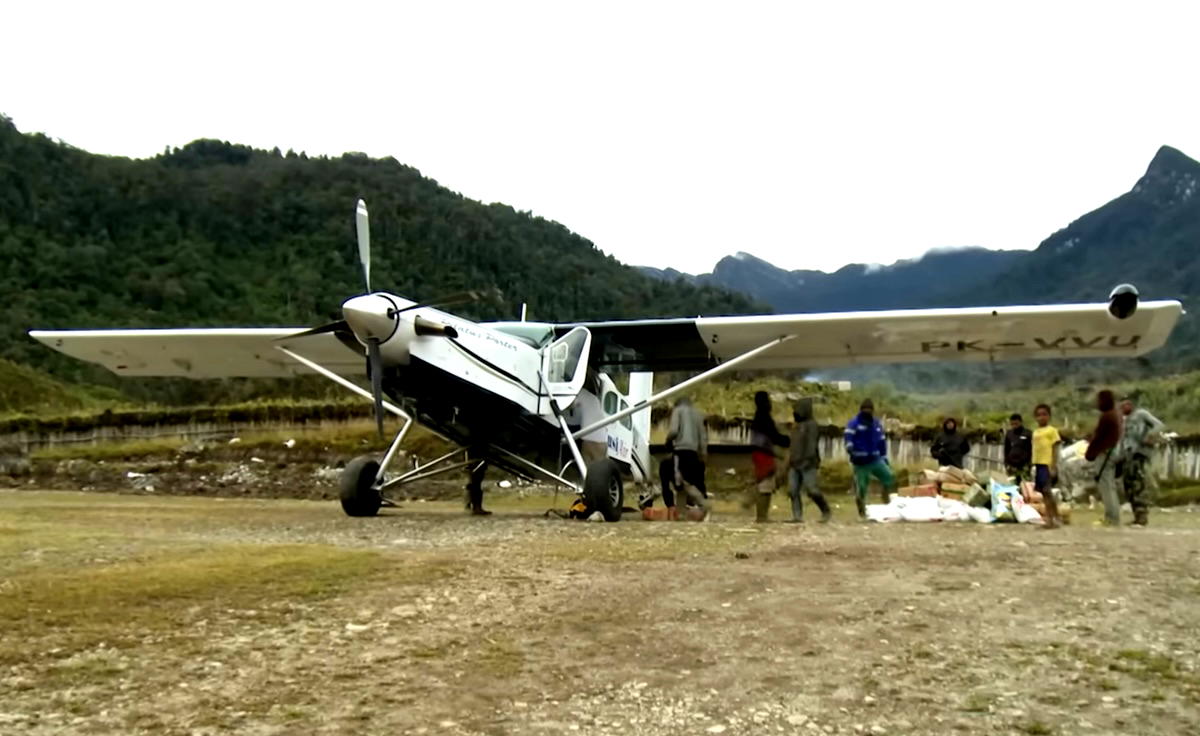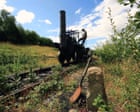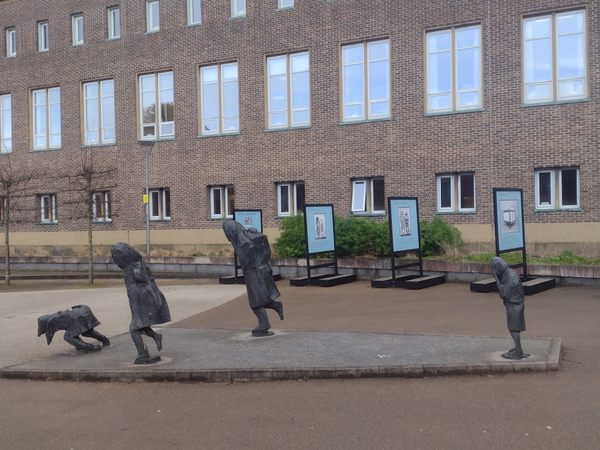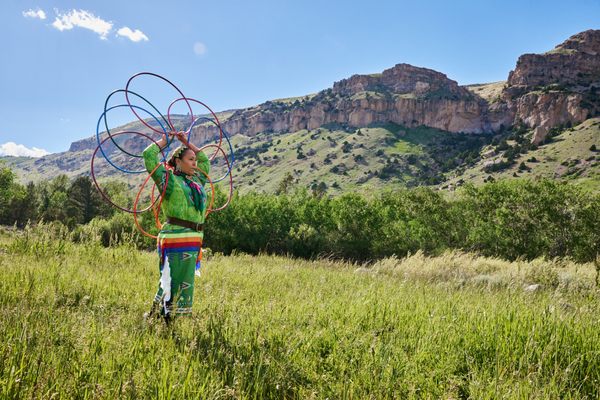How to Read a Roadcut
Sometimes, when you’re driving on the highway, you’ll spot a sheer rockface just off to the side. That’s a roadcut—the result of construction crews slicing through obstructions—and it provides a look into the geologic history of the land around you. This guide will help you understand what you’re looking at, so the next time you pass a roadcut, you’ll be able to read the rocks and uncover the story they tell. A quick word of caution: Do not stop at roadcuts, as it’s usually dangerous because of traffic and potential falling rocks (and it’s illegal in some states). Instead, teach your kids to spot different geological markers as you pass by. Common Types of Rocks in a Roadcut Igneous These are rocks that were formed by the cooling of magma beneath the Earth’s surface or lava on top of it. You’ll find igneous rocks in many places where there are mountains or recent geologic activity. The most common igneous rock you’ll see in a roadcut is granite, a light-colored rock that is usually white or pink-flecked with dark bits and often contains large crystals. Granite is formed deep in the Earth and is often exposed in mountain ranges. Because the molten rock cooled slowly, granite tends to form larger crystals, usually of quartz or feldspar. It also contains shiny flecks of minerals such as muscovite (commonly called mica). Another common variety of igneous rock is basalt. These are dark rocks that usually have very small grains from having cooled fast near the surface of the Earth. Basalts are composed of minerals that are dense and have dark colors, such as plagioclase feldspar, biotite, and hornblende. You will often run into basalt in places that had volcanic activity in the recent geologic past (by recent, I mean the past few million years). Another common igneous rock is rhyolite, which tends to be gray in color. Many ancient volcanic ash flows are composed of rhyolite and it appears thick and uniform. Sedimentary These are rocks formed by the deposition of material over time that are then compressed. Because of that, sedimentary rocks are often layered and may contain fossils. Most sedimentary rocks formed in or near water. The most common is shale, which is a rock formed by the deposition of fine-grained particles in places like the deep ocean or calm lakes. Shale usually is a dark rock that is in many layers and will flake into smaller layers when it breaks. Often near shale is mudstone, which was formed in muddier areas such as deltas and near shore. Mudstone usually looks reddish and, well, muddy. It also often contains traces of ripples, raindrops, and fossil animal tracks. Another common sedimentary rock is limestone, which is usually a pale or gray rock with thick layers. Limestone is composed of calcium carbonate and is often formed in places with a lot of sea life such as shells and corals. Therefore, limestone tends to have a lot of fossils. Limestone also weathers very easily and will form caves and sinkholes. Sandstone is also common throughout the United States. It is formed by the compression of sand, usually from ancient deserts or beaches. Metamorphic These are rocks that were originally other types or rocks but have changed due to heating and therefore have different characteristics. The most common types are gneiss (a wavy rock that formed from melted granite), slate (formed from shale usually similar in appearance), and schist (formed from heating many different rocks, It’s often shiny and may glitter with garnets). These are usually found in places where the rocks are hundreds of millions or billions of years old. Common Features Layers One of the most common features you’ll see in a roadcut are layers of rocks. This is because rocks tend to form one above another and the stuff on top is younger than the stuff on the bottom (unless the rocks you’re looking at are flipped upside down, we’ll get to that). If you see different colors or textures of sedimentary rock on top of each other, this means the conditions changed throughout its history. For instance, an area may have been calm, forming shale, then became less calm and muddier, forming a mudstone above it. In places with recent volcanic activity, you can see different layers of basalt indicating different lava flows over time. Curves Think of layers of rocks as sheets of paper stacked on top of each other. If you push the paper together, it’ll start curving. Rocks curve in much the same way. Commonly in places with hills you’ll see two types of curves: synclines (think of a U shape) and anticlines (think of a rainbow shape). These indicate that there was some geologic activity that squished the land together. Folds If you keep pushing the stack of paper together, some of the paper will start folding in various ways. Rock layers do the same. Sometimes a layer of rock will fold entirely over itself and be upside down. Sometimes you’ll see layers that are very squiggly. This also indicates there was significant geo
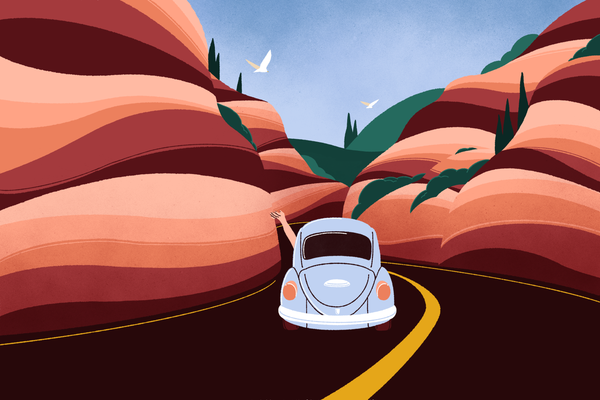
Sometimes, when you’re driving on the highway, you’ll spot a sheer rockface just off to the side. That’s a roadcut—the result of construction crews slicing through obstructions—and it provides a look into the geologic history of the land around you.
This guide will help you understand what you’re looking at, so the next time you pass a roadcut, you’ll be able to read the rocks and uncover the story they tell.
A quick word of caution: Do not stop at roadcuts, as it’s usually dangerous because of traffic and potential falling rocks (and it’s illegal in some states). Instead, teach your kids to spot different geological markers as you pass by.
Common Types of Rocks in a Roadcut
Igneous
These are rocks that were formed by the cooling of magma beneath the Earth’s surface or lava on top of it. You’ll find igneous rocks in many places where there are mountains or recent geologic activity.
The most common igneous rock you’ll see in a roadcut is granite, a light-colored rock that is usually white or pink-flecked with dark bits and often contains large crystals. Granite is formed deep in the Earth and is often exposed in mountain ranges. Because the molten rock cooled slowly, granite tends to form larger crystals, usually of quartz or feldspar. It also contains shiny flecks of minerals such as muscovite (commonly called mica).
Another common variety of igneous rock is basalt. These are dark rocks that usually have very small grains from having cooled fast near the surface of the Earth. Basalts are composed of minerals that are dense and have dark colors, such as plagioclase feldspar, biotite, and hornblende. You will often run into basalt in places that had volcanic activity in the recent geologic past (by recent, I mean the past few million years).
Another common igneous rock is rhyolite, which tends to be gray in color. Many ancient volcanic ash flows are composed of rhyolite and it appears thick and uniform.
Sedimentary
These are rocks formed by the deposition of material over time that are then compressed. Because of that, sedimentary rocks are often layered and may contain fossils. Most sedimentary rocks formed in or near water. The most common is shale, which is a rock formed by the deposition of fine-grained particles in places like the deep ocean or calm lakes. Shale usually is a dark rock that is in many layers and will flake into smaller layers when it breaks. Often near shale is mudstone, which was formed in muddier areas such as deltas and near shore. Mudstone usually looks reddish and, well, muddy. It also often contains traces of ripples, raindrops, and fossil animal tracks.
Another common sedimentary rock is limestone, which is usually a pale or gray rock with thick layers. Limestone is composed of calcium carbonate and is often formed in places with a lot of sea life such as shells and corals. Therefore, limestone tends to have a lot of fossils. Limestone also weathers very easily and will form caves and sinkholes.
Sandstone is also common throughout the United States. It is formed by the compression of sand, usually from ancient deserts or beaches.
Metamorphic
These are rocks that were originally other types or rocks but have changed due to heating and therefore have different characteristics. The most common types are gneiss (a wavy rock that formed from melted granite), slate (formed from shale usually similar in appearance), and schist (formed from heating many different rocks, It’s often shiny and may glitter with garnets). These are usually found in places where the rocks are hundreds of millions or billions of years old.

Common Features
Layers
One of the most common features you’ll see in a roadcut are layers of rocks. This is because rocks tend to form one above another and the stuff on top is younger than the stuff on the bottom (unless the rocks you’re looking at are flipped upside down, we’ll get to that). If you see different colors or textures of sedimentary rock on top of each other, this means the conditions changed throughout its history. For instance, an area may have been calm, forming shale, then became less calm and muddier, forming a mudstone above it. In places with recent volcanic activity, you can see different layers of basalt indicating different lava flows over time.
Curves
Think of layers of rocks as sheets of paper stacked on top of each other. If you push the paper together, it’ll start curving. Rocks curve in much the same way. Commonly in places with hills you’ll see two types of curves: synclines (think of a U shape) and anticlines (think of a rainbow shape). These indicate that there was some geologic activity that squished the land together.
Folds
If you keep pushing the stack of paper together, some of the paper will start folding in various ways. Rock layers do the same. Sometimes a layer of rock will fold entirely over itself and be upside down. Sometimes you’ll see layers that are very squiggly. This also indicates there was significant geologic activity in the area that pushed the land together.
Faults
These are fractures in sections of rock that are the result of geologic activity. When an area has rocks that squish together, you have faults where one section of rock slides over another. In areas that are being pulled apart, you get faults from sections of rock slipping downward. Large movements of rocks in faults result in earthquakes. You can spot a fault in a roadcut when the layers don’t line up: one section may be higher or lower than another. Larger faults also result in layers being extremely messed up.
Dikes
Occasionally you’ll see a random stripe of dark rock that cuts through many layers. This is a dike and it’s usually an igneous intrusion where molten rock forces its way into a fracture. This means it’s younger than the layers it’s going through.
Faux Rock
In some places, roadcuts are too unstable (those “beware falling rocks” signs) and so the roadcut is now covered with fake rock, sometimes painted to look like real rocks.

Geology Across the United States
New England
This region has a lot of ancient geology and therefore metamorphic rocks are common in many roadcuts. They often appear as squiggly and melted-looking rocks. In other areas, there are sedimentary rocks, especially as reddish mudstone, which often contains dinosaur tracks. Granite is also present in several states.
Appalachia
This region contains many layers of sedimentary rock that have been squished together, so gently folded layers abound as you drive through hills. Also present are coal seams, which appear as jet-black layers. Most of the rocks in the Appalachians will contain fossils. In the higher mountain areas, there are metamorphic rocks.
East Coast
On much of the Eastern Seaboard there is material that was deposited only the past few million years, ranging from muds to gravely rock. Sometimes fossils such as shark teeth can be found in this material. Some areas are more complex, such as around New York City, which contains metamorphic rock but also ancient volcanic rocks in nearby New Jersey.
Midwest
Limestone can be seen in many roadcuts throughout the entire region as large thick layers. Sometimes there will be small caves in the limestone. Shale is also present as thinly layered rock.
The Southeast
Most of this will be material from the recent past (recent in geologic terms being the last 15 million years or so). Some places will be very flat with few roadcuts (looking at you, Florida).
The Southwest
The entire region is a mix of sedimentary and igneous rocks. In Texas there are many roadcuts featuring sedimentary rocks of various ages, especially the Cretaceous. In Arizona and New Mexico there is sedimentary rock, but also igneous rocks ranging from granite to basalt.
Mountain States
As you’re driving west into the mountains, you’ll see roadcuts that begin as layers and then become granite. What happened here is the mountains (mostly the Rockies) uplifted millions of years ago and pushed up layers of sedimentary rocks ahead of it. So as you drive through layers and into granite, you’re going deeper into the Earth’s history.
West Coast
This region is very geologically active and granite is present in much of the mountainous areas of the West Coast, with sedimentary rocks in roadcuts in most other areas. Often roadcuts will show recent igneous activity (lava or ash flows) from the last 50,000 years. Many faults are also present including the famous San Andreas fault.
Hawaii
Almost all volcanic rocks are from the past few million years. All the layers you see are lava flows or basalt that has been redeposited as sedimentary rock.
The story of the Earth’s past is written in rock for all to see. While the workers who built our highways never intended to teach a geology lesson, they inadvertently exposed millions of years of history. Once you learn to read the language, every road trip becomes an opportunity to dive into the forces that shaped the landscape around you.
































































































































































